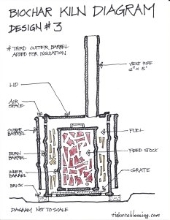




 2
2








 1
1




 2
2




 1
1





 1
1




 1
1





 2
2




"Never doubt that a small group of thoughtful, committed citizens can change the world; indeed, it's the only thing that ever has."-Margaret Mead "The only thing worse than being blind, is having sight but no vision."-Helen Keller




 1
1




Carbon Negative Stove plans available at:
https://www.carbonconsciouscreations.com




Check out Redhawk's soil series: https://permies.com/wiki/redhawk-soil
 1
1




"The rule of no realm is mine. But all worthy things that are in peril as the world now stands, these are my care. And for my part, I shall not wholly fail in my task if anything that passes through this night can still grow fairer or bear fruit and flower again in days to come. For I too am a steward. Did you not know?" Gandolf









|
Hot dog! An advertiser loves us THIS much:
The new gardening playing cards kickstarter is now live!
https://www.kickstarter.com/projects/paulwheaton/garden-cards
|



